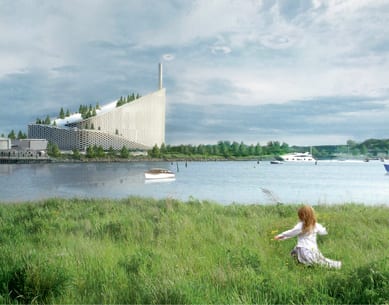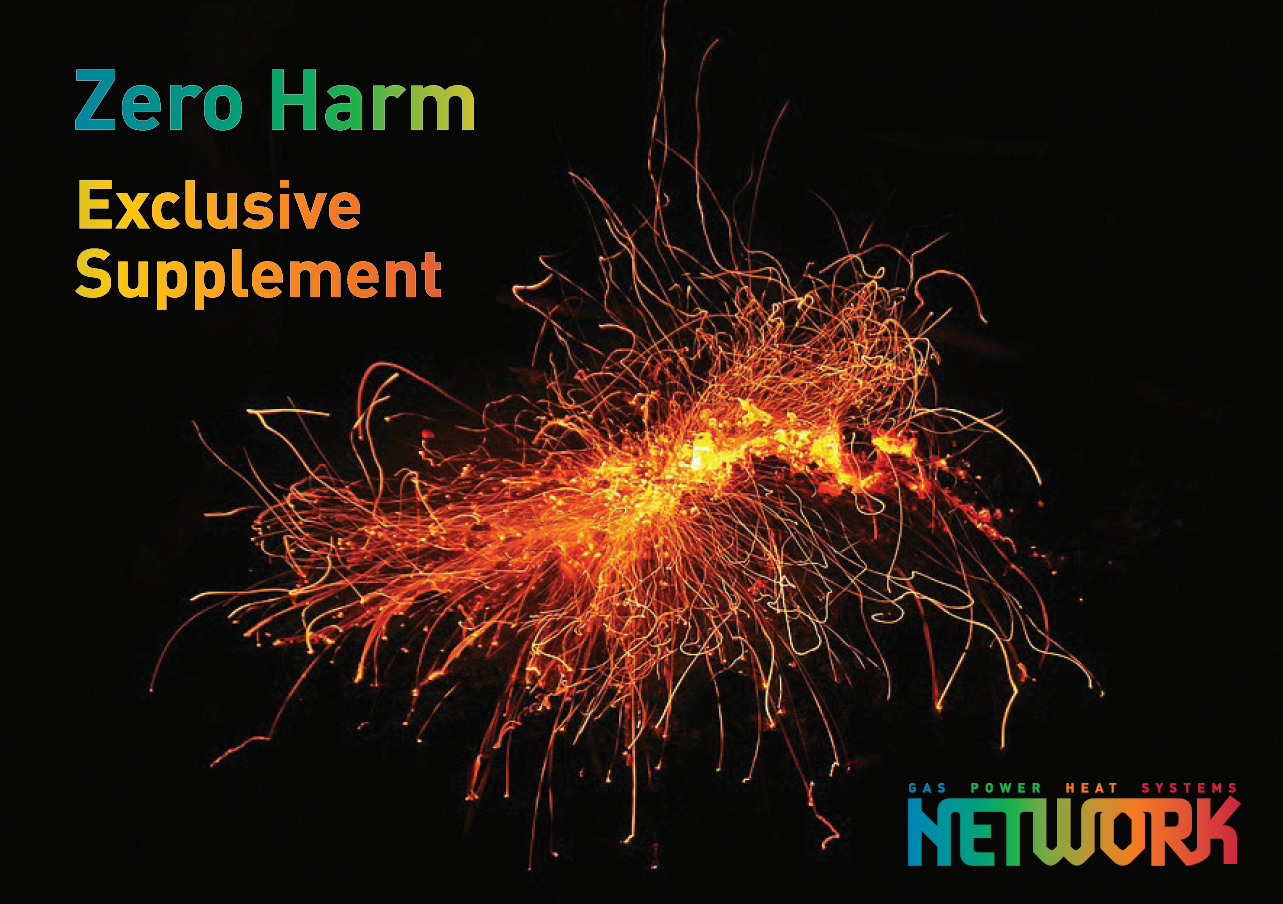The human element – stakeholder engagement
The Carbon Trust sets out five steps for engaging with stakeholders in district energy projects.
16th November 2016 by Networks

It isn’t easy to convince someone to take a leap into the unknown. District energy will play a critical role in cutting carbon dioxide emissions from heat supply across commercial, industrial and residential sectors in the UK. But the success of these projects will depend upon securing the commitment of a variety of stakeholders to switch from the status quo to something new.
Developers of district energy schemes must implement a considered engagement strategy to help understand the needs of these stakeholders, get their buy-in and ultimately develop a successful project. To support this, at the Carbon Trust we have developed a unique stakeholder engagement tool for district energy: a five-step approach to help project teams develop an engagement strategy, then capture and report on engagement outcomes.
Here are some key lessons that we have learnt about the process through our experience supporting local authorities to develop more than 40 district energy projects, in the UK and internationally.
Step 1 – Identify your audience
Who are the stakeholders for your project? The tendency is to focus only on potential heat customers and suppliers – but you need to think more widely. Infrastructure providers, investors, advocacy groups, individual council departments, adjacent communities and landowners all play a part in the success or failure of district energy.
You should mindmap a long list of stakeholders who could have a direct or indirect role to play. Make sure to include colleagues with good corporate memory and local knowledge of who’s who.
Engage with stakeholders as early as possible – the consequences of missing someone can be catastrophic. For example, one project successfully secured commitment from a developer but neglected to engage with the engineering firm advising them, resulting in a conflict that took weeks to resolve, delaying the project significantly.
Step 2 – Map and categorise
Build a profile for each stakeholder group that could affect your project. Think about likely motivators and barriers that will influence their behaviour. For example, a hospital could be driven by increased security of supply, whereas a property developer could be looking to use innovative technologies and carbon reduction to attract tenants that care about climate change.
At this stage, you’ll be working on assumptions that will have to be refined as the project progresses. You should map relationships, flows of information or areas of common interest between stakeholders. If you can understand those channels, you’ll be able to make use of them.
Step 3 – Prioritise your actions
Rank the relative importance of different stakeholders so that you can allocate resources accordingly. Consider visualising this as a matrix that maps stakeholders according to their levels of interest and influence.
Key players might be those with high demand for heat that can be used as an anchor load, or locally influential advocacy groups. Aim to make these groups bought-in and actively supportive.
Then there are stakeholders with high levels of influence, but little interest, who need to be kept satisfied. This category might include organisations that control the land you would like to use for your energy centre, or the railway infrastructure you would like to route your pipework underneath.
Groups with high levels of interest and low levels of influence should be kept informed, as they may gain influence by grouping together to block progress. They could also become advocates who help accelerate development. You should also build awareness among stakeholder groups with low influence and interest. Although they are relatively unimportant, their status may change over the course of project development.
Remember that the way you prioritise your stakeholders should be refined throughout the project. Your initial assessment may be incorrect and your engagement activities might highlight a need to move stakeholders up or down your list.
Step 4 – Plan your engagement
This is where things get tactical. Develop key messages that focus on the desired outcomes of engagement. For example, you may be looking to collect consumption data for use in a feasibility study, understand risk to inform your investment decision or secure commitment from potential customers.
Tailor your messages to the audience to build excitement in the project. The beauty of district energy is that it can be a solution to a range of social and financial challenges, such as fuel poverty, energy security, carbon reduction and economic growth. The key is to understand which challenges resonate with your stakeholder and developing your project to address them.
You may even be able to find an innovative solution to build support for the project locally, as happened in Copenhagen where a waste-to-energy plant has been designed to double as a skiing and hiking destination.
Select appropriate channels for communication: form steering groups or arrange face-to-face meetings with key players, then use less resource-intensive methods such as email campaigns or news articles for those with lower priority.
Think strategically about who should lead the engagement and whether you can leverage any existing relationships. We’ve seen first hand that not every stakeholder has a good relationship with their local authority. Sometimes you may want to present yourself as working more independently of them, whereas in other cases their involvement can help build trust and legitimise a project.
Step 5 – Engage effectively
You might be surprised how often you hear the opening line, “Can I have three years of your gas and electrical data so I can build in the connection of your site to our model?” This might be your priority, but it certainly isn’t for the stakeholder.
People often have misconceptions about district energy. Start from first principles: explain what a heat network is and how it can benefit them. Explain the role it will play in delivering on local priorities.
Be realistic and don’t promise something you can’t deliver. If you’re promising cheaper heat then make sure you can deliver cheaper heat. It’s simple, but there are several examples where district energy projects have made this claim and it has proved to be false. This poses a serious risk to the reputation of the whole industry and can make future projects more difficult.
Following these five steps helps maximise your chances of positive engagement and gaining a deeper understanding of your stakeholders. Far too often developers just focus on the technological and economic challenges associated with projects, but taking a sophisticated approach to stakeholder engagement can often be just as important. Adding in the human element ultimately helps deliver a more successful project for everyone involved.
Comments
Login on register to comment
Related content

Gas
Cadent backs launch of major bio-CNG HGV refuelling station
Gas network’s £250,000 infrastructure investment ensures supplies to existing connected customers have not been impacted

Gas
Editor’s blog: The biggest tests of resilience are yet to come
Network content director Jane Gray reflects on the industry's coronavirus response to date and the challenges still to come.

Gas
From the front line: Chris Garside and Andy Simcoe, Northern Gas Networks
Key workers across the power and gas networks are playing a critical role in the national response to Coronavirus. Network has committed to profiling their stories.
Related supplier content
![‘Learning by doing’ on the road to net zero [test product]](https://networksonline.s3.amazonaws.com/products/images/3.jpg)
People & Skills
‘Learning by doing’ on the road to net zero [test product]
DSO director Andrew Roper discusses 'Learning by doing'

Heat
How E.ON. is helping the City of London become a zero emissions city
Discover Citigen. Deep in the heart of our bustling capital

Gas
Zero Harm supplement
'31.2 million working days were lost to work-related illness and workplace injury between 2016 and 2017' *(Health and Safety Executive)